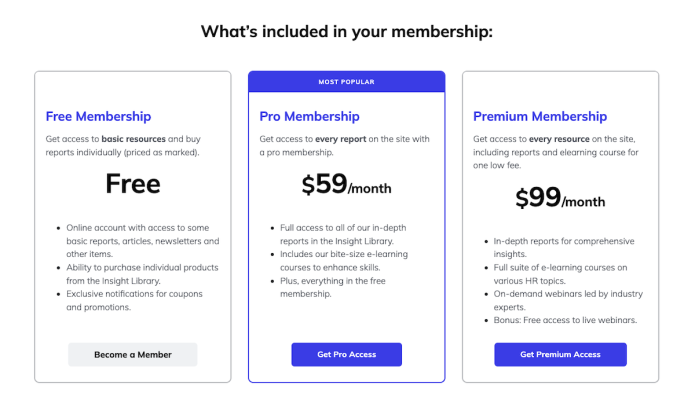
By integrating affiliate links into your membership website, you can monetize your online presence and generate a passive income. Becoming an affiliate marketer is another revenue generating tool that you should take advantage of to maximise your earning potential.
Whether you're a content creator, coach or niche expert, affiliate income rewards your efforts for the traffic and sales you generate for the products you promote.
What is affiliate income?
Affiliate income is essentially getting paid for promoting someone else’s product. I’m sure you recommend books or products to your website audience. Now imagine that every time one of your members purchases an item based on your recommendation, you get a commission or a percentage of what they spend. That’s basically what being an affiliate is.
As your affiliate links generate sales or desired actions, you (the affiliate marketer) generate income. The beauty of affiliate income is its accessibility. Anyone with an online presence can leverage their audience reach to drive traffic and product sales.
How does affiliate marketing work?
You can sign up to be an affiliate for a number of companies in a number of ways. Once you’re registered you’ll receive a link or a code which is unique to you. This is how the company tracks the business you send them. Every time someone buys something via one of your affiliate links, you get a commission. Percentages vary, depending on the company. For example, Amazon gives a commission of between 1% and 20% depending on the product category. Some online course providers offer as much as 50%. Typically payments are made monthly but may also vary from company to company.
How to get started as an affiliate?
1. Choosing an affiliate program
To get started, begin by identifying your niche and target audience. This will help you select affiliate products that align with your content and resonate with your audience.
Next, research reputable affiliate programs that offer products or services relevant to your niche. Once you've chosen your preferred affiliates, sign up and gain access to unique affiliate links.
One of the easiest and most lucrative is Amazon Associates affiliate program. Amazon has a huge variety of products to promote and their affiliate system is relatively easy to use.
You can also try ClickBank and ShareASale, which also have a wide range of products covering all industries.
2. Effectively incorporating affiliate links
Once you’ve got yourself registered and you have your unique affiliate links, you’ll need to add them to your website's content.
Effectively incorporating affiliate links into your membership website content requires a balance between authenticity, value, and user experience. Start by seamlessly integrating links into your content where they naturally fit.
Choose products or services that genuinely align with your niche and your audience's needs. Craft engaging, informative content that educates and entertains your readers while subtly introducing the affiliate products as valuable solutions.
Whether it's a product review, a how-to guide or a list of recommendations, focus on providing valuable insights that help your audience make informed decisions. Use clear and transparent language when disclosing your affiliate relationships, building trust with your users.
Additionally, experiment with various link placements - within the content, call-to-actions, or resource sections to find what resonates best with your audience. Continuously monitor the performance of your links and adapt your strategy based on what yields the most conversions.
Remember, authenticity and the genuine desire to assist your audience are the driving forces behind effectively incorporating affiliate links into your website's fabric.
3. Promoting your affiliate products
Once you’ve got your list of affiliate products, make sure you tell your audience about it.
Leverage the power of social media by creating engaging posts that highlight the affiliate products in a relatable and visually appealing manner. Incorporate user-generated content, encouraging satisfied customers to share their experiences. Employ email marketing to nurture your subscriber base with targeted product recommendations and exclusive deals. Harness the potential of SEO by optimizing your content with relevant keywords to ensure it reaches your target audience.
Lastly, consider collaborating with influencers or industry experts who can authentically endorse the products to their own followers. By integrating these strategies, you can effectively promote your affiliate products, providing value to your audience while driving conversions and commissions.







